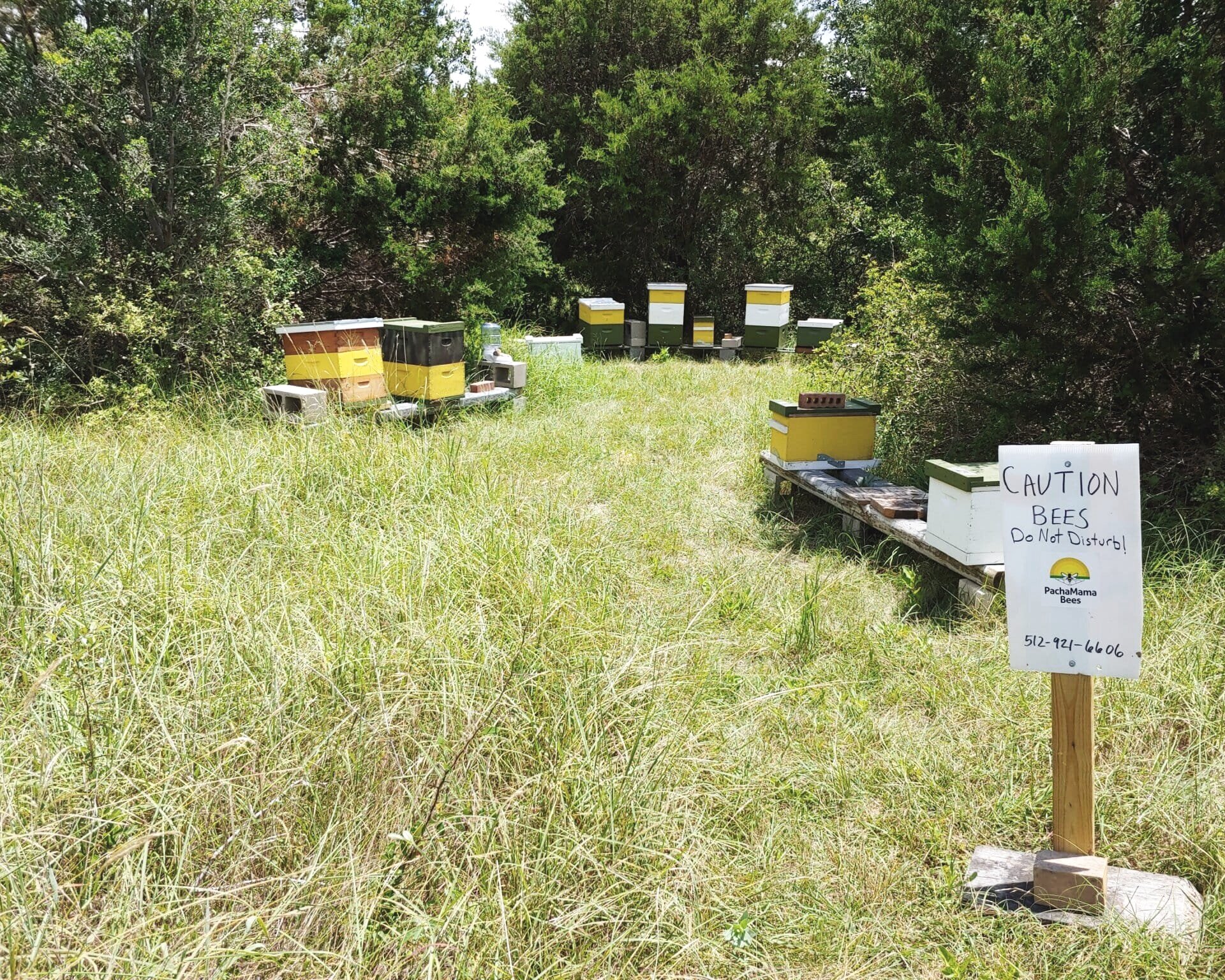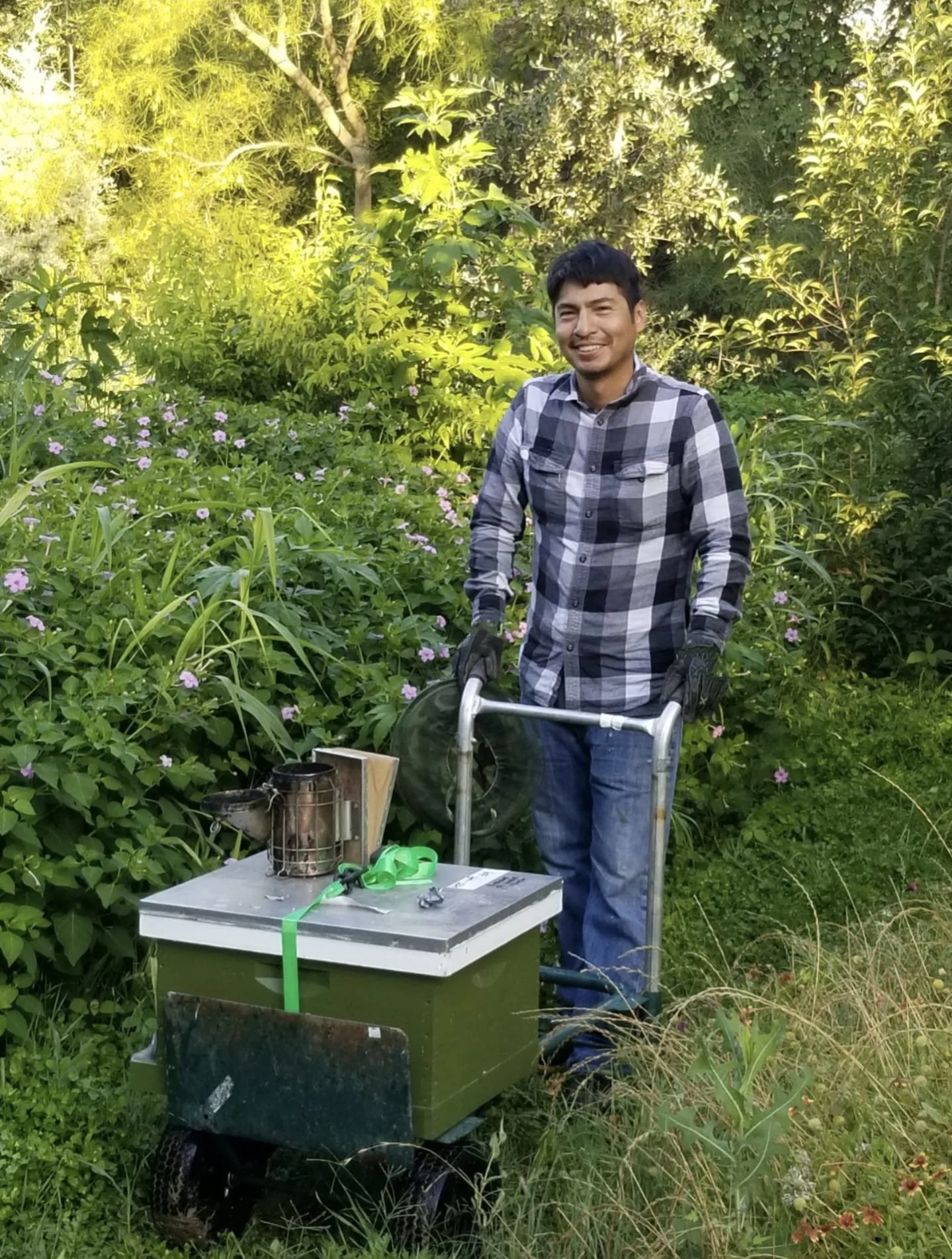The Resourceful Beekeeper
Anybody involved with beekeeping knows it’s a constant learning process as new research comes out, new products hit the market, or unexpected freezes and abnormal amounts of rainfall take your season on a new course. I’m continuously learning and filtering information that is out there to help grow my hives and to help you with yours. In this blog, I put together a collection of free resources suitable for both the novice and experienced beekeeper. Find my description of the content and format so you may choose what interests you most.
First, a word to the wise for those thinking of just letting nature take her course, or becoming convinced to do so by someone advocating for this hands-off approach. You are keeping the bees, you are their manager. This is not nature. Don’t forget, bees in the wild have a high mortality rate. So you don’t want to lose your investment and probably don’t want to harm the bees of your neighbors either by spreading pathogens. If you want your bees to stay alive, thrive, be healthy, and possibly harvest honey from your hive, be a proactive beekeeper and be informed!
From The University of Florida Extension Lab, this podcast interviews master beekeepers, commercial beekeepers, field research scientists, and more. I listen to this when I'm on the road. Find it on online here: https://entnemdept.ufl.edu/honey-bee/podcast/#
Randy Oliver has a mountain of knowledge. He does the legwork we can all benefit from. His website articles break down the why, how, when in beekeeping.
https://scientificbeekeeping.com/
The interactive Varroa Management Decision Tool - answer a few easy questions and the program will generate seasonal treatment options for managing varroa in your colonies. Bonus, there are videos to go with it for those that enjoy visual learning.
Remember, It’s always important to follow the label. Like those podcasters in ‘Two Bees in a Pod’ say “The Label is the Law”.
https://cantilever-instruction.com/varroatool/story_html5.html
Additionally, the Best Management Practices for Bee Health are downloadable on The Honey Bee Coalition’s website.
https://honeybeehealthcoalition.org/hivehealthbmps/
The University of Guelph Honey Bee Research Centre has put out good educational beekeeping videos. They’re located in Canada but a lot of their educational material applies far.
https://www.youtube.com/channel/UC3mjpM6Av4bxbxps_Gh5YPw
Bob Binney does not hold anything back, as he lays out large-scale honey production as a commercial beekeeper. His sourwood honey has earned top honors as the "Best Honey in the World."
https://www.youtube.com/channel/UCDyga7OtRJSzHzXXXurYCmQ/videos
Geek out on scientific research papers on honey bees related articles at
https://www.researchgate.net/
Or cut to the chase with those 12-page, jargon-filled articles with this helpful recap of the latest research on pollinator health science in Notes from the Lab, https://blogs.cornell.edu/mcartlab/notes-from-the-lab/
DIY kind of person, build your own equipment.
http://www.michiganbees.org/beekeeping/in-the-beekeepers-workshop/
The deep plunge, becoming a Master Beekeeper. The University of Florida Research and Extension Lab has online courses you can take.
https://entnemdept.ufl.edu/honey-bee/
Or if you are here in Texas, Texas A&M offers an online course, but with in-person testing.
https://masterbeekeeper.tamu.edu/master/
And there’s more…. Follow PachaMama Bees on social media and this blog for updated resources, tips, and best practices.
Propolis, A brief education
Many people are familiar with the benefits of local honey and the versality of natural bees’ wax, but the bounty of the honey bee hive has another special provision, and that is propolis.
“Propolis” comes from the Greek words “pro,” in front of, before, and “polis” meaning, city. Together, it is “in defense of the city.” Such as a defensive wall, propolis is used as a sealant to protect and extend honey bee hives. Propolis is a sticky resin made from a mixture of bee saliva and tree pollen. Also called “bee glue” it actually reflects the type of trees, sap, and other botanical sources collected by the honey bees. In some parts of the world, propolis is green (from Brazilian baccharis dracunculifolia) or red (from mangroves). In Texas, propolis is mostly yellow and brown.
Like honey, people have used propolis far back as we know in history. Incans drank it reduce fever, ancient Greeks used for treating ulcers, bruises, and sores, the Chinese used it for dental pain, and its use is recorded among ancient Persian, Roman, and even French militaries in the 19th century for treatment of wounds. All of these applications make sense, as modern research has shown propolis contains flavonoids, which have antibiotic, antifungal, anti-inflammatory, and antioxidants.
To collect a bit of propolis, beekeepers can simply scrape it off the hive box with their hive tool. Those producing propolis on a large scale, use a propolis screen below the inner cover, then take it out for removal when it’s filled.
Ready for human consumption, propolis can be found in liquid form, in a liquor or water-based tincture. It is also available in capsules or a granular form, that can be sprinkled over a salad or blended into a smoothie. You may find health-focused coffee shops or juice bars offering propolis in their beverages. If you could benefit from antioxidants, anti-inflammatory, antibiotic, antifungal- and who couldn’t – try some propolis! It’s PachaMama’s (Mother Earth) medicine.
Getting Started with Beekeeping
I’d like to begin by welcoming you and congratulating you for your first steps into becoming a beekeeper. It’s an exciting venture and wonderful personal skillset to learn. When I first started beekeeping, it was out of curiosity. Then it became a personal drive of its own, as many of us have been blessed with a passion for taking care of nature and the cycle of life. I think you will find this an ever-rewarding experience.
First, my thoughts about what to do when starting beekeeping? Like I say in music, “Your first lesson is free, that is, pick your instrument.” With beekeeping you’ll have to line up your first hive or hives depending on what you wish to handle. In this blog, there’ll be a bunch of tips for both beginners and experienced beekeepers. I’m always learning. Personal growth is something to be proud of and I’m happy to share what I’ve learn with you.
For beginners, get two hives to start with. This way you can compare hives, have reference points, use the stronger hive to help the weak one if that’s the case. Make hive splits to grow your hives. Don’t harvest honey right away. Be observant, study patterns, and take notes, refer back to them. E.g. inspection date, hive number, number of frames full of bees, brood, honey, pollen, queen breed, growth progress, status of hive, location, feeding season, how many bees flying in and out, pollen on their legs, queen present? (you can tell by seeing fresh 1-3 day old eggs in cells if queen is not seen). Get my hive inspection checklist here.
The ugly truth is that you will lose hives over a period of time. This happens seasonally, it happens randomly, for other factors you may not be aware of, it happens instantly, it happens when you least expect it, when you least want it to happen, and of course, by beekeeper error or lack of skill. Don’t be afraid to admit mistakes. Talk it out. There are gains and losses; it’s part your experience. This will make you a better beekeeper.






